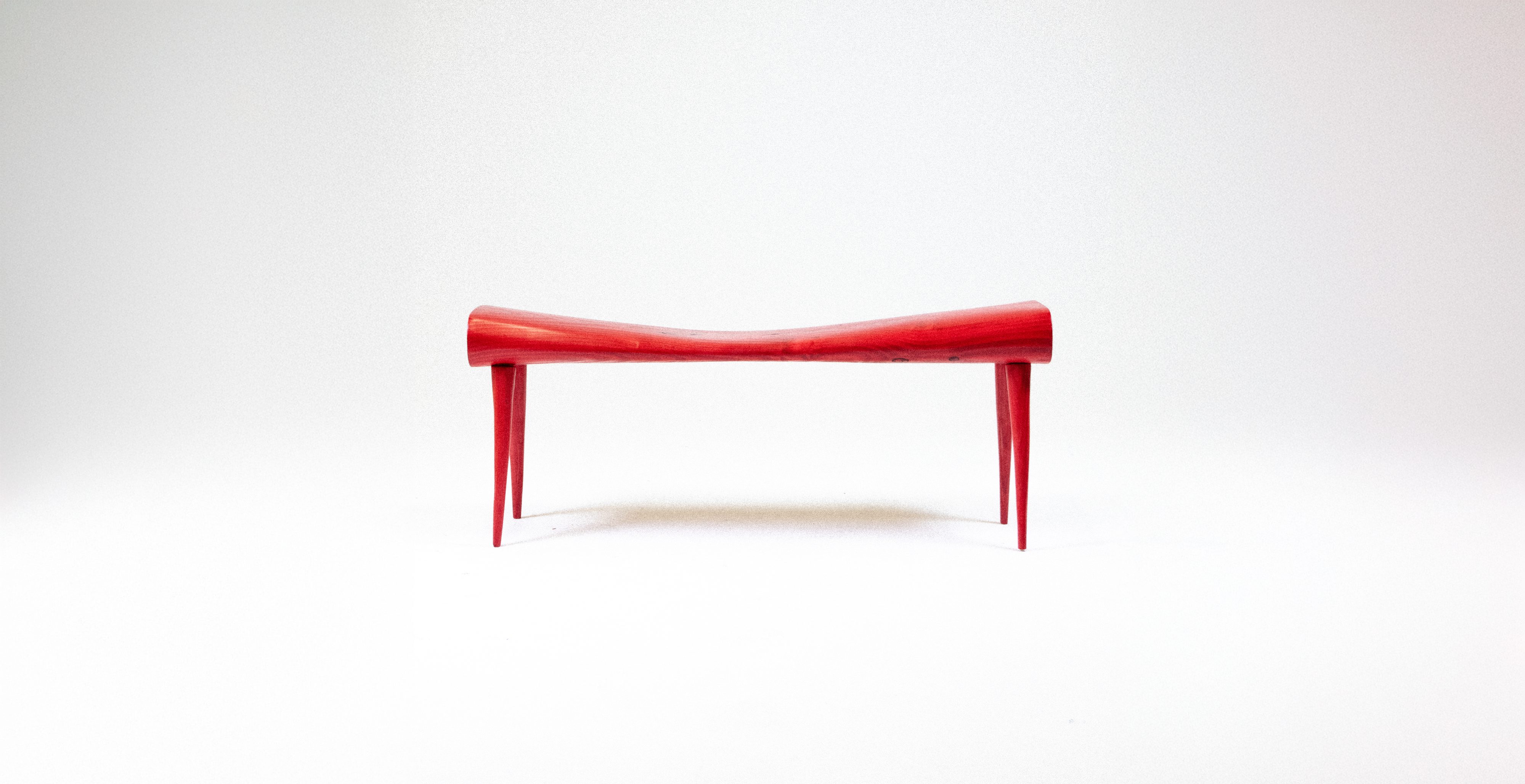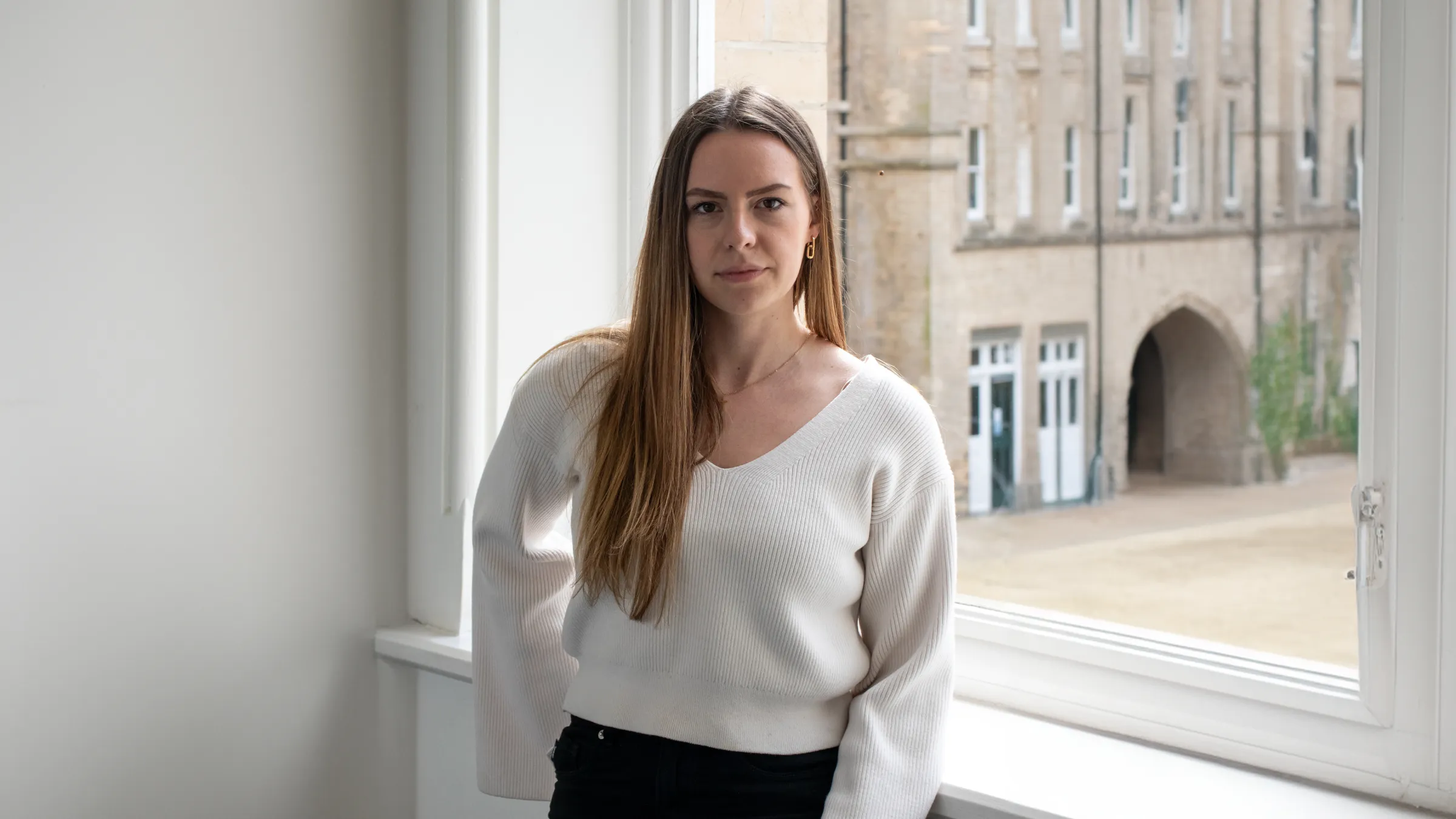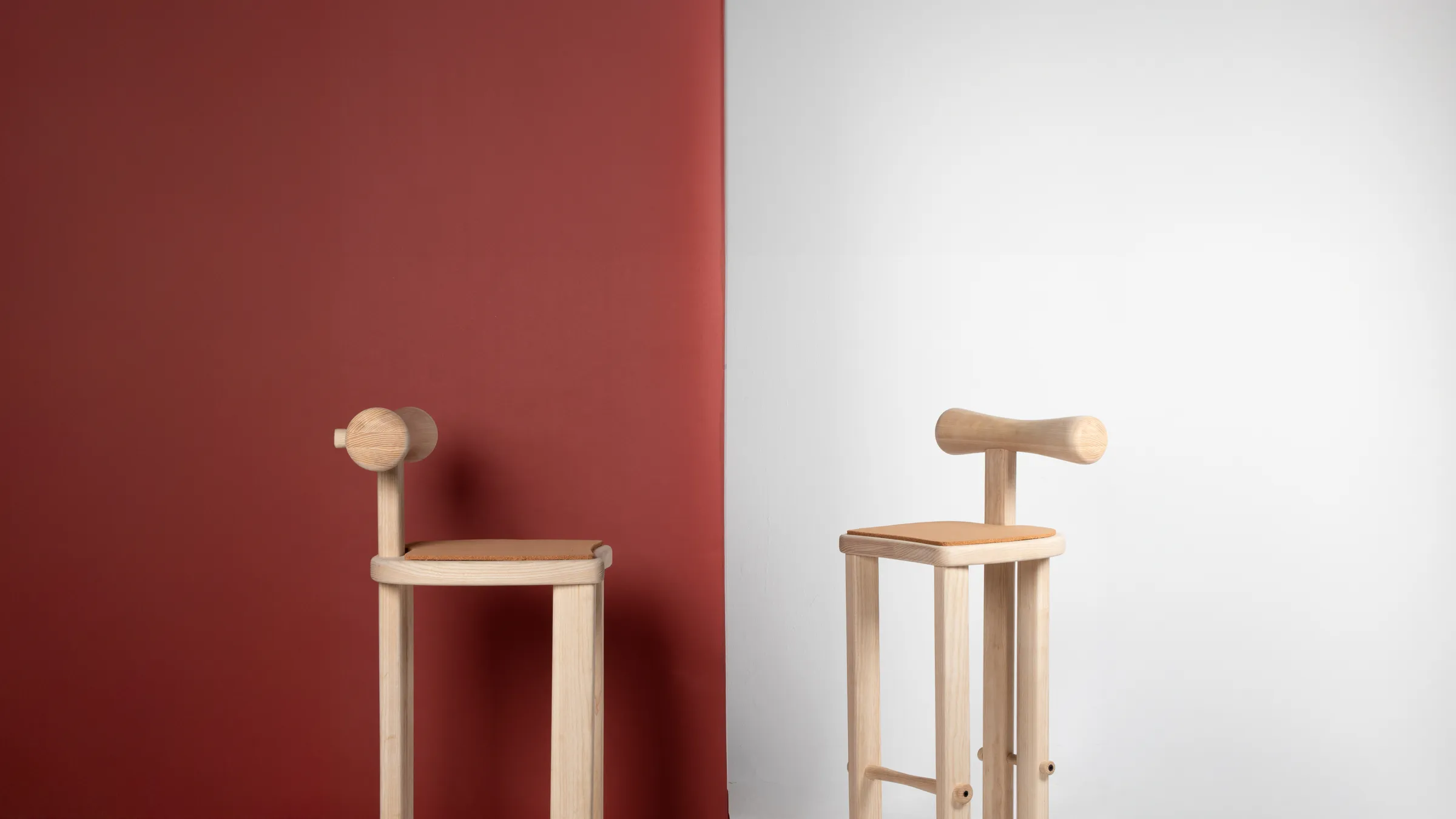The Next Generation of Furniture Designers
Spotlight on Emerging Talent: Reuben Porter
Sketch Studios continues to showcase fresh talent in the latest edition of the Furniture Designer Spotlight - Highlighting emerging voices reshaping the future of furniture design.


Written by
Gareth van Zyl
Contents
Spotlight on Emerging Talent: Reuben Porter
At Sketch Studios, we believe great design is shaped not just by technique, but by thoughtfulness, curiosity, and the courage to try something different. In this edition of our Designer Spotlight series, we’re featuring Reuben Porter – a designer in his final year at Birmingham City University’s College of Art and Design, where he’s studying Product and Furniture Design. Reuben’s work is rooted in material exploration, and a deep understanding for how design fits into everyday life.
Where do you draw inspiration from?
I find inspiration in small, often overlooked details – especially those grounded in function. Lately, I’ve been really interested in the way custom car exhausts are made using stainless steel MIG welding. The pie-cut sections, welded at angles, create this striking, faceted look that feels both industrial and sculptural. That process got me thinking: what if the same aesthetic and fabrication method were used for homeware? I started experimenting with how a vase or cup set could reflect that kind of engineering language. For me, inspiration usually begins with utility and grows into form.
Which designers have influenced your approach?
One designer I’ve really learned a lot from is Max Lamb. He’s a contemporary craftsman and furniture designer whose work often seems very direct – cutting, carving, moulding, folding – but always holds this deep respect for material and context. His Boulders project, inspired by the Adamello mountains in Italy, really stood out to me. It’s a collection of stone chairs and stools that explore the region’s geology and the way the river shapes tonalite granite into these smooth, organic forms.
What does a sustainable future in design look like to you?
I think it’s mainly about rethinking our approach to materials – not just on the surface, but really considering where they come from, how they’re sourced, and how we might use them differently. Lately, I’ve been focusing on timber, especially underused British species like sycamore. Choosing local, often overlooked materials helps reduce the environmental impact from transport, but it also brings new character and value to woods that aren’t usually seen in commercial furniture. There’s a small but growing shift toward this kind of thinking, and I think that’s where real sustainable progress can happen – bit by bit.
What’s your favourite material to work with?
Recently, I’ve really enjoyed working with Douglas fir. It has this bold, almost graphic grain that gives it such a strong presence. It’s usually hidden away in structural applications, so bringing it into focus makes it feel new. It can be challenging to work with, but I love that tension between its rawness and the refined forms you can carve out of it. There’s something very satisfying about shaping it by hand.
Do you follow a particular design process?
I wouldn’t say I follow a fixed process, but there are definitely patterns. I often start with the material – it’s usually the driving force behind the idea. I’ve worked with waste and overlooked components, like pocket-sprung sheet material from commercial seating, and I enjoy letting those things lead the concept. Experimentation is a big part of my approach, and I try to stay open to unexpected results. My process is intentionally loose, which gives me the freedom to let the material and idea evolve together.
How long does it take to develop a new product?
It really depends on the brief and the kind of object I’m making. Sometimes ideas come from quick sketches that move almost straight into prototyping and testing – especially more intuitive projects. Other times, the process is slower and more involved. I might start with small models, then develop the idea through CAD and multiple iterations. I like that no two projects follow exactly the same path.
Where do you see furniture design heading over the next 10 years?
I’ve always seen furniture design as this mix of art, history and everyday life. It holds so much of the past, but it’s constantly adapting to how we live now. I think in the next 10 years, we’ll see more of that – furniture that reflects the way we use space, the materials we have access to, and the values we prioritise, like reducing waste and improving usability. I hope it becomes more thoughtful and more human – less about how things look, and more about how they support the way we live, move and connect with each other.


Product Spotlight
Product name: Love Bench
Materials used: Douglas Fir, Dye, Shellac
The Love Bench (2024) was built around a simple but symbolic idea: to create a bench that brings two people together, physically and conceptually. I took that literally – shaping the seat with a soft inward curve that naturally guides people toward the centre. The form came quite quickly once I had the concept. I used Douglas fir, working by hand with traditional carving tools after rough-shaping it with an axe. The process was intentionally raw and tactile. I wanted that to come through in the final piece, to reflect the relational and personal nature of the design.
This article is part of our ongoing initiative to celebrate up-and-coming designers who are redefining what furniture can be. Learn more about our Designer Spotlight initiative.
Published on
July 4, 2025











